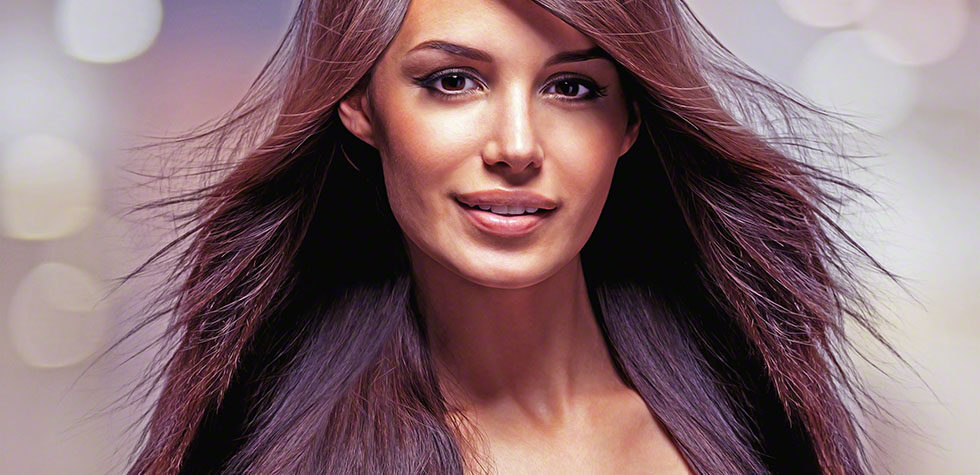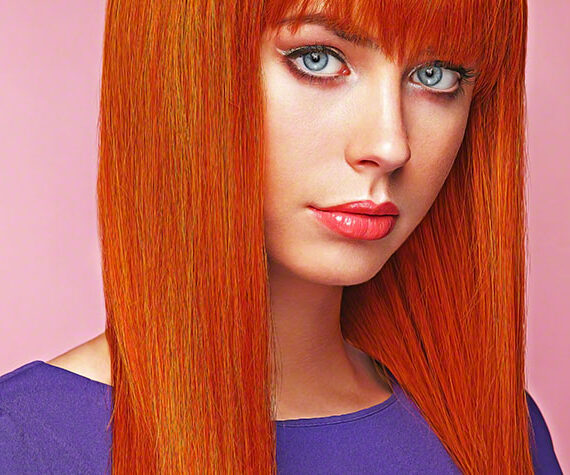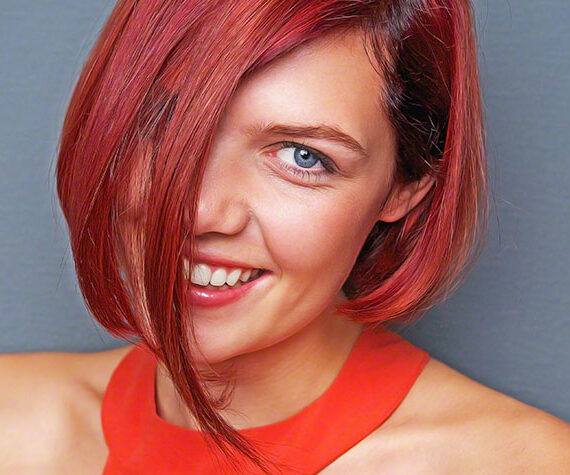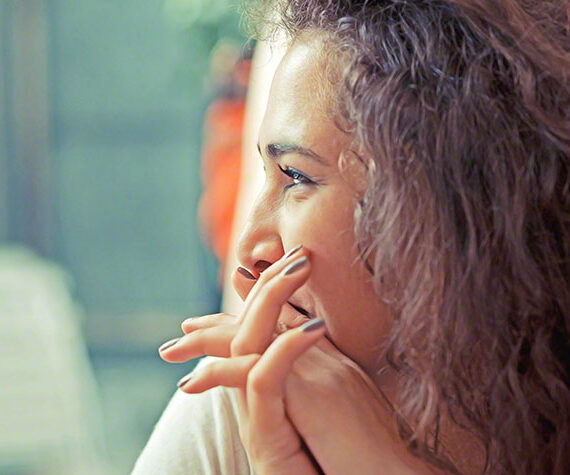Japanese hair strengthening is a thermal hair treatment. It involves the use of chemicals to break the hair’s natural bond that gives hair its texture. Then chemicals are reapplied for creating new bonds that make the hair smooth and silky. The entire procedure is locked in with a neutralizer that takes a few days to deeply absorb into hair shafts. Rebonding follows the same treatment pattern but with a different name. In fact, most Japanese hair straightening salons term them as the same.
Let us narrow down some differences that these straightening services have.
Strength Of Chemicals Used In The Procedure
Though the fundamental procedure of breaking the hair bonds is similar, the strength of chemicals involved in the process varies for both the procedures. To support this hypothesis, stylists use petroleum-based jelly to apply to the hair roots, neck, and on ears while doing a hair rebonding treatment and have their hands covered in gloves too.
Whereas in the Japanese straightening treatment, such precautions are not taken. This makes it apparent that rebonding treatments use concentrated chemicals for treating dry, frizzy hair.
Getting Your Hair Colored Or Going For Other Treatments On The Same Day As A Straightening Treatment
Japanese hair straightening treatments allow you to have other chemical treatments in the same session, saving you precious time. This means if you intend to get your hair highlighted or colored or whichever treatment you choose, you can have it later in the same session.
The rebonding procedure is a tad bit different because the stylist will ask you to book another session for your color treatment plans. This is because the chemicals in a rebonding treatment need more time to absorb in the hair.
Hairstyling Following The Treatment Session
After a Japanese hair straightening session, you are at liberty to braid, curl, or style your hair in any way you please without damaging your new sleek look with braid or ponytail marks.
Whereas, after a rebonding session, if you choose these updos or styles, they will leave permanent marks in your straight hair that will look gross.
Hair Loss After The Straightening Treatment
The heavy usage of chemicals to break the hairs’ natural bonds and reapplication of chemicals for the formation of new bonds does not sit quite well with many people. They have witnessed a significant loss in hair after each of their rebonding session.
The Japanese one is satisfactory in this aspect since most customers seem to face minimum breakage and hair fall.
Expense Involved In Each Treatment
The rebonding session is pretty much on the cost-effective side. The rates for straightening normal length hair are under a thousand dollars.
The Japanese treatment is pricier, with the same length done for double the price. It also makes obvious sense that thicker, denser hair would charge you more and vice versa.
Aftercare
In both these treatments, the aftercare is almost similar. Be careful to not plan a water bash right after you hit the salon. If you will not be cautious, gear up to watch your effort and money washing away with the waves.
In both these hair procedures, you will also have to visit your salon for a touch up every six months. Since your new hair will remain unaffected by the treatment, your head will look wavy and curly, while the length down will be pin-straight. That sure will make you look goofy, and none of us would want that after spending hundreds of dollars. So you will also have to get them touched up regularly. Continuous pampering with conditioners and hair serums will also follow to maintain the sleek luster.
Is The Risk Worth Taking?
This is for you to decide if you want to undergo such time, labor, and money costing treatments for your hair since the results are definitely worth the risk. Conditions vary because most of us are not blessed with a mane that can endure harsh chemicals, that too for good. Keep your hair’s health in mind before embarking on the journey, and remember, natural is always the best.
This is a generalized roundup of the principal differences between the two highly popular hair straightening treatments favored by women and hair straightening salons Potomac alike.



